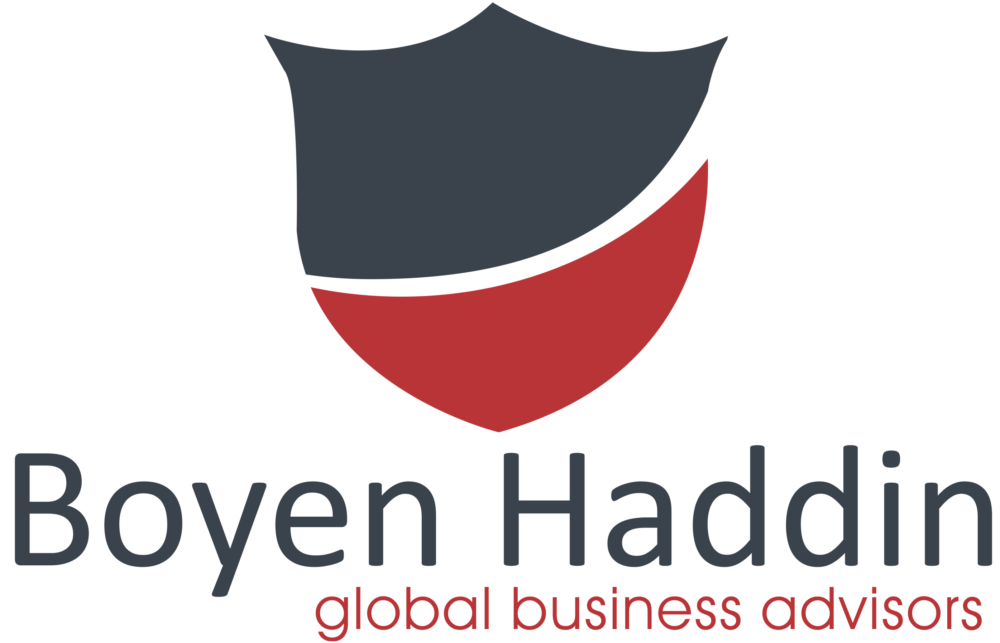How Leaders Are Unleashing the Power of Agility in Shaping the Organization to Compete?
In today’s fast-paced and unpredictable business landscape, agility has become a critical factor for organizations to thrive and compete. The ability to quickly adapt, innovate, and respond to market changes is key. In this blog post, we will explore the impact of agility on organizational success and provide insights on how to shape your organization to be more agile and competitive.
- Embracing a Culture of Agility: Agility starts with a mindset shift. Foster a culture that embraces change, encourages experimentation, and values continuous learning. Create an environment where employees are empowered to take calculated risks, voice their ideas, and challenge the status quo. By fostering a culture of agility, you lay the foundation for a responsive and innovative organization.
- Streamlining Decision-Making and Empowering Teams: Agility requires swift decision-making processes. Reduce bureaucratic layers and empower teams to make decisions at their level of expertise. Encourage decentralized decision-making while providing clear guidelines and strategic direction. This empowers teams to respond rapidly to market dynamics, make quick adjustments, and seize emerging opportunities.
- Nurturing Cross-Functional Collaboration: Collaboration across departments and functions is crucial for agility. Break down silos and promote cross-functional collaboration to enable information sharing, exchange of ideas, and joint problem-solving. Foster a collaborative environment where diverse perspectives are valued, leading to innovative solutions and a shared sense of purpose.
- Embracing Technology and Digital Transformation: Technology plays a significant role in driving agility. Embrace digital transformation initiatives that enable faster and more efficient processes, data-driven decision-making, and improved customer experiences. Leverage technologies such as cloud computing, automation, and analytics to streamline operations and adapt to changing market demands swiftly.
- Prioritizing Continuous Learning and Adaptability: Agile organizations prioritize continuous learning and adaptability as core competencies. Encourage a growth mindset and provide opportunities for upskilling and reskilling. Foster a learning culture that embraces change and values agility as a key skill. Encourage employees to seek feedback, reflect on their experiences, and adapt their approaches accordingly.
- Emphasizing Customer-Centricity: Customer-centricity is central to agility. Stay connected with customer needs and preferences through regular feedback, market research, and data analysis. Use customer insights to drive product/service enhancements, anticipate market shifts, and deliver tailored solutions. By aligning your organization with customer expectations, you remain competitive and responsive to their evolving needs.
Conclusion:
In a rapidly evolving business landscape, agility is the key to sustained success and competitiveness. By embracing a culture of agility, streamlining decision-making, fostering collaboration, leveraging technology, prioritizing continuous learning, and emphasizing customer-centricity, you can shape your organization to compete effectively. Remember, agility is not a one-time effort but an ongoing journey of adaptation and innovation. Embrace the agility mindset, empower your teams, and lead the way in shaping an agile organization capable of thriving in today’s dynamic environment.


